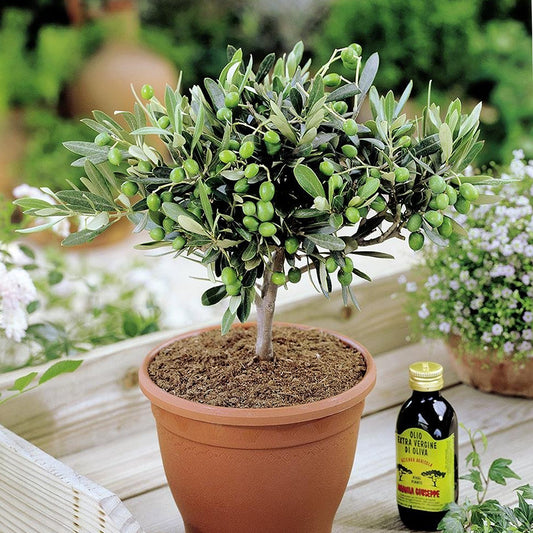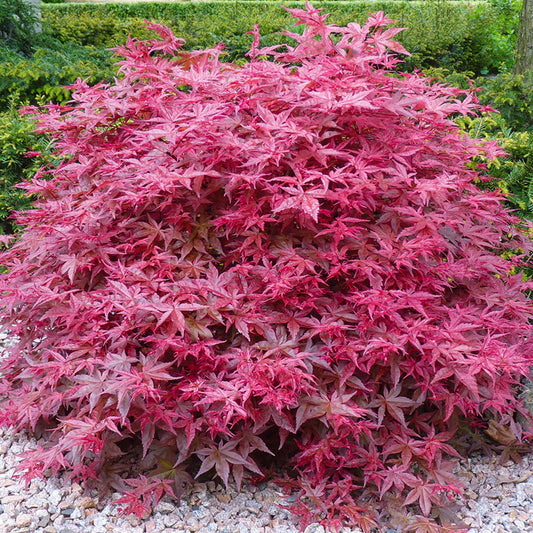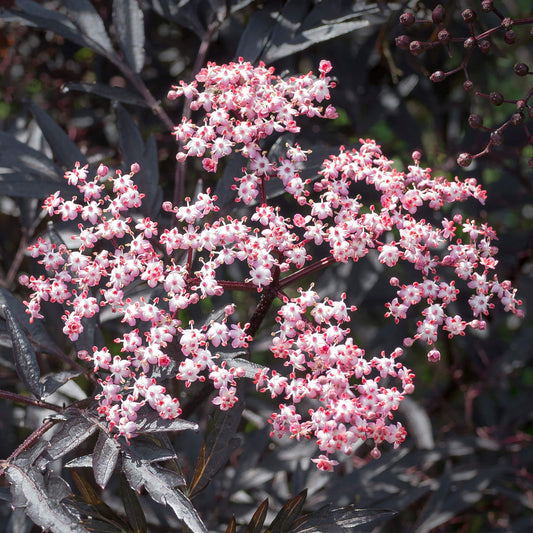Product description
Patio Fruit Trees are perfect to grow in small gardens, borders & containers. These fruit bushes will grow premium grade crop, producing nutritious and fresh fruits in your garden. They are low maintenance and easy to grow. Very attractive during the Spring blossom months and have a lovely bright foliage during the Autumn season.
Conference and Doyenné du Comice' Duo Pear Trees - These fruits are long and narrow in shape with an olive-green colour and a firm, juicy flesh with a sweet rosewater flavour. These varieties are hardy trees that will tolerate most conditions, including the cooler northern regions. The tree is self-fertile, which means that it will grow and offer fruit as a stand-alone tree and does not require another pear tree nearby to pollinate it. The tree has a columnar shape, making it ideal to plant in a smaller garden or limited space.
Plant specs, care guide & tips
Key features
Specifications
When to plant
| Jan | Feb | Mar | Apr | May | Jun | Jul | Aug | Sep | Oct | Nov | Dec |
|---|---|---|---|---|---|---|---|---|---|---|---|
Planting and period of interest times are general guidelines and may vary based on your location and conditions. For best results, consult local gardening resources.
Instructions
Top Tip
Prune Pear trees in winter to shape the tree and remove any dead, damaged, or crossing branches. For fruit production, thin the developing fruits in late spring, leaving one or two pears per cluster, to improve fruit size and quality. Regular pruning and thinning not only enhance the tree's appearance but also promote better airflow, reducing the risk of disease and ensuring a healthier, more productive tree.
How to Water
Water Pear trees deeply after planting to help establish strong roots. During the first year, water regularly, especially in dry spells, ensuring the soil remains consistently moist but not waterlogged. Once established, Pear trees are relatively drought-tolerant but will benefit from additional watering during prolonged dry periods or when bearing fruit. Water early in the morning or late in the evening to minimise evaporation and allow the roots to absorb moisture effectively.
How to Plant
To plant a Pear tree, select a sunny spot with well-draining soil that is rich in organic matter. Dig a hole twice as wide and as deep as the root ball, loosening the soil at the base to encourage root growth. Position the tree so the graft union (where the tree is joined to the rootstock) sits just above soil level, then backfill with soil, firming gently. Water thoroughly after planting to settle the roots, and apply a layer of mulch around the base to retain moisture and suppress weeds, ensuring it does not touch the trunk.























